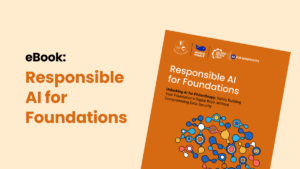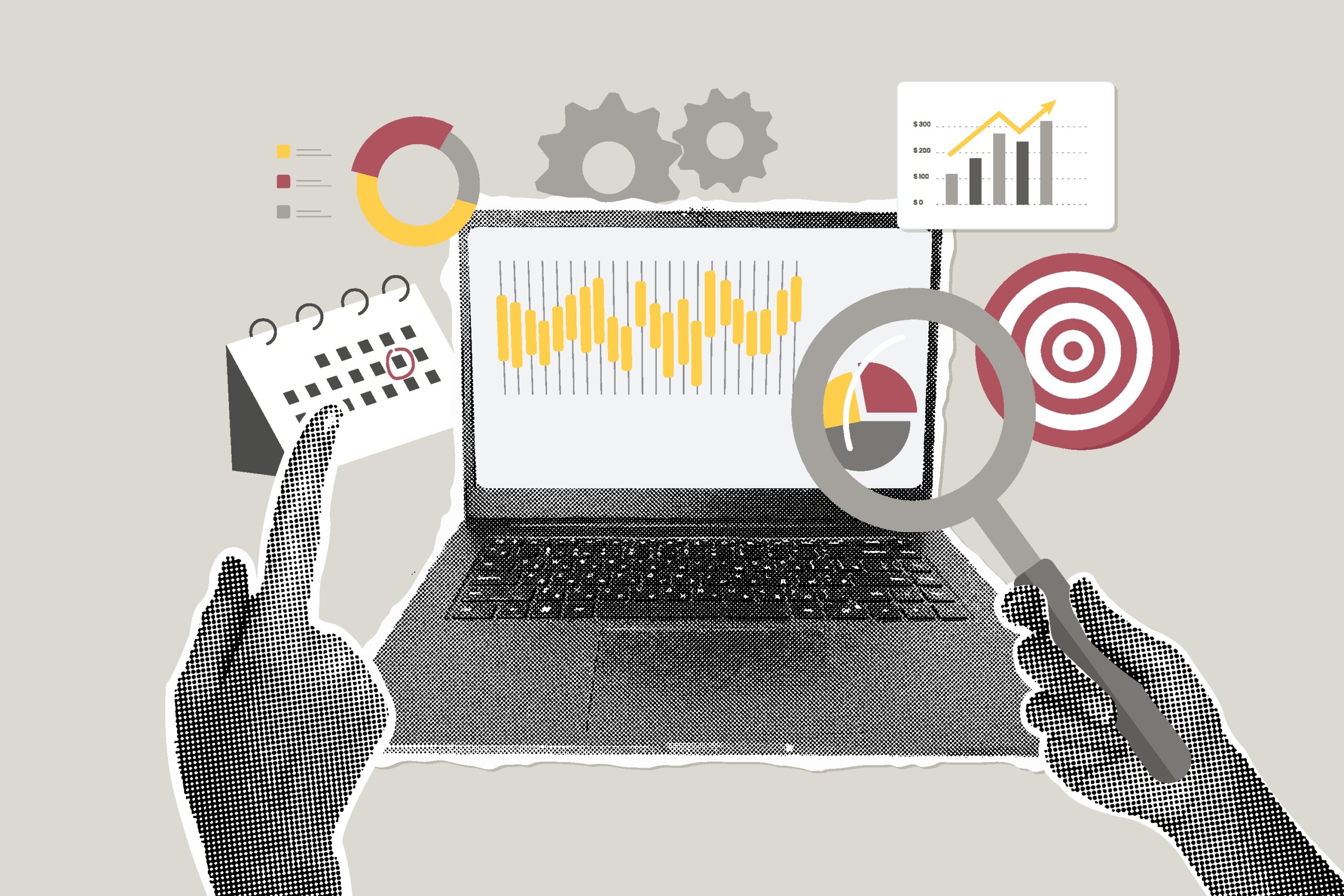Philanthropic efforts are changing. Instead of funding short-term projects, grantmakers are opting to create long-term partnerships with the potential for continued collaboration and higher community impact. This shift to strategic philanthropy asks more of funders, requiring them to map every dollar to measurable results.
Managing this level of intentional giving requires funding management software that helps create a defined structure. With the right tools, funders can move beyond manual spreadsheets or disconnected systems and create a scalable, data-driven approach to giving.
Setting the stage for strategic philanthropy
Charitable giving grew in the U.S. by 6% in 2024, reaching nearly $593 billion. With more resources available, funders looking to create lasting impact often turn to strategic philanthropy to align dollars with mission and foster deeper community connections. This intentional approach opens new opportunities to build long-term partnerships with grantees.
However, it comes with its challenges. Strategic philanthropy requires tracking every dollar to ensure it’s aligned with the mission, managed responsibly, and measured against outcomes that matter. Modern funding management software makes strategic philanthropy possible, empowering organizations to move beyond manual spreadsheets or disconnected systems and toward data-driven giving.
What is funding management software
Funding management software is a platform that streamlines the funding lifecycle from application submission to approvals to grant administration. These solutions replace manual processes and cluttered spreadsheets with one integrated system that makes reporting and foundations management easier.
Unlike basic grantmaking tools that focus only on submissions or reviews, funding management software provides end-to-end visibility. This makes it easier for staff, reviewers, and applicants to work together efficiently without juggling multiple systems or creating bottlenecks that slow down processes.
Why strategic philanthropy needs technology
Grantmakers need comprehensive tools to support their work, and the demand is clear. A 2024 survey found that 85% of nonprofits use financial management software and 64% rely on a donor management system, proving that both funders and grantseekers lean on technology to simplify complex processes.
Strategic philanthropy is no different. Philanthropy software provides the structure to meet those expectations. A dedicated foundation platform helps to capture, analyze, and organize data. Without these tools, many organizations risk spending more time on administrative tasks than on impact.
Core capabilities that support impact
The right grant management tool offers multiple capabilities designed to support funders and grantseekers in their philanthropic efforts.
When considering a foundation platform, look for:
- Efficiency and scalability: Automate application workflows, reduce manual work, and support growth without needing to expand staff.
- Transparency and outcomes: Real-time dashboards and configurable reports provide visibility into program performance.
- Stakeholder collaboration: Centralized communication ensures staff, reviewers, and applicants stay connected.
- Compliance support: Built-in record-keeping and audit-ready reporting ease regulatory obligations.
- Integration: Connects grant, scholarship, and fund accounting tools to create seamless workflows across funding programs.
These capabilities reshape what philanthropy looks like in practice. By reducing the burden of administration and improving collaboration, funding management software allows organizations to focus more energy on strengthening community impact.
Benefits for philanthropic organizations
Foundation management software makes tracking, organizing, and reporting a smooth process, so that funders and grantseekers can continue important community work.
And it delivers clear benefits for organizations of all sizes:
- Reduced administrative costs: Staff spend less time on manual entry and more time on mission-driven work.
- Faster and more equitable funding cycles: Automated reviews and transparent processes create fairer, more efficient grantmaking.
- Improved communication: Donors, grantees, and partners gain visibility into funding activity, strengthening relationships and trust.
Every funder has unique goals and challenges. The value of a foundation platform lies in its ability to adapt to various funding models and giving strategies.
Practical use cases across the sector
Whether funders establish strategic partnerships on the corporate, local, or national level, funding management software supports the needs of diverse stakeholders.
It can be adapted for:
- Private foundations: Manage complex grant portfolios, simplify reporting, and clearly demonstrate impact.
- Community foundations: Leverage integrated fund accounting, CRM, and grantmaking tools in a single platform.
- Corporate philanthropy programs: Align funding with corporate social responsibility and employee engagement goals.
- Public sector funding: Improve accountability and efficiency in allocating taxpayer-funded grants.
- International development organizations: Standardize processes across countries and partners to ensure consistency at scale.
Philanthropy software also supports pass-through funding, helping funders allocate resources quickly while maintaining accountability. With so many ways to implement funding management software, the next step is choosing a solution that aligns with your organization’s mission and capacity.
Selecting the right solution
Choosing the right funding management software means aligning platform capabilities with your philanthropic objectives.
Review your foundation’s goals, then consider a platform that offers:
- Scalability to grow with your programs
- Configurability to match unique workflows
- Ease of use for both staff and applicants
- Vendor support with sector expertise
- Integration with your existing systems, such as accounting or donor management
The right solution streamlines your processes, ensuring your organization spends more time creating meaningful impact, instead of losing hours on administrative tasks.
Looking ahead: The future of philanthropy with technology
As more nonprofit organizations turn to grantmakers to support their efforts, the next generation of philanthropy will increasingly rely on intelligent tools to help funders meet community needs.
This shift is already visible in technology trends. The global grant management software market was valued at $2.75 billion in 2024 and is projected to reach $4.79 billion by 2030, growing at over 10% annually.
Foundation management software meets these demands with:
- AI and predictive analytics: Using data to anticipate community needs and evaluate long-term outcomes.
- Collaborative platforms: Encouraging resource sharing and collective learning among funders.
- Global accountability trends: Responding to the rising demand for transparency and equitable funding practices worldwide.
As more funders invest in these systems, the sector as a whole becomes better equipped to scale strategic, impact-focused philanthropy. These platforms will shape how organizations track, prove, and scale their impact across community initiatives.
Empower your funding strategy today
Modern funding management software transforms philanthropy from transactional giving into strategic, impact-focused funding. With a more strategic approach to giving, expectations change, making accurate tracking necessary.
Organizations that embrace foundation management software are better equipped to measure outcomes, build trust, and scale their missions. When giving organizations are empowered, the community benefits.
Start a conversation with Foundant today to see how the right software can support your mission and amplify your impact.

